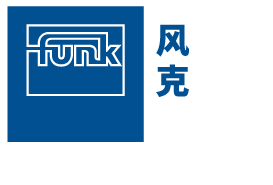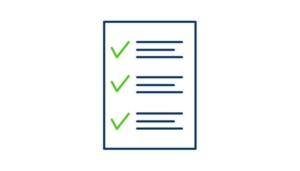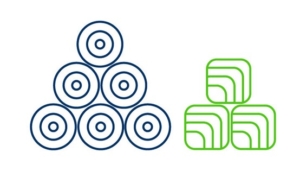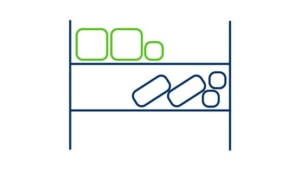For modern companies, protection against fire damage is often an unpleasant annoyance. An intelligent risk concept has many advantages in this context. The Funk experts provide five tips on how fire protection can pay off not just for authorities and employees, but also for the balance sheet.
For your own sake
Fire protection concepts are often only established in order to fulfil the requirements of authorities. These are based on the construction law of the countries involved and serve to achieve public protection aims. In addition to the safety of people, the focus is on avoidance of fires and their spreading, as well as smooth implementation of fire extinguishing. However, fire damage also has serious financial consequences. Nevertheless, the official aims are generally not sufficient for the protection of material assets. To avoid high costs, companies should carry out a risk assessment together with their brokers and insurers aimed at protecting material assets. In this way, fixed capital goods will also have comprehensive protection.
Security you can build on
For many companies, the fire risk of construction materials is still a secondary issue. But structural fire loads, in particular roof and external wall insulation, are a connecting element that runs through the entire building structure. This makes quick and extensive spreading of fire possible, which is hard to combat. That is why the Funk experts recommend the exclusive use of non-combustible materials of construction material class A.
Good storage is half the battle
Every company has its own warehouse structures. Especially when space is limited, companies often work with set-ups that have a negative effect on fire protection. To limit the extent of fire damage, it is important that sources of ignition and fire loads are not located in the same space – production and storage should thus be strictly separated. Accumulation of items by external walls should also be avoided, so that exterior fires do not spread to buildings.
All under control
Fire protection equipment is a core element for the protection of material assets. Failures and defects may lead to loss of effectiveness or even complete malfunctions. If the insurer notices during a technical inspection that, for example, fire doors or measuring instruments do not adhere to regulations, this also has a significant effect on risk assessment. The equipment should thus be regularly inspected in order to not put insurance cover at risk.
Prevention is better than cure
An annoying and expensive obligation with little economic benefit – fire protection has an obvious image problem. But intelligent risk concepts are of benefit to the company balance sheet: preventive measures, such as inspection of electrics, as well as protective installations like fire walls and sprinkler systems, effectively reduce malfunctions and interruptions to operation. That ensures efficient processes and continuous high availability of production goods. Of course, fire protection measures only show their true value in situations that no one wants to experience: when a fire breaks out. But in those cases, the investment made pays off in seconds.









